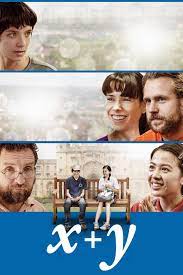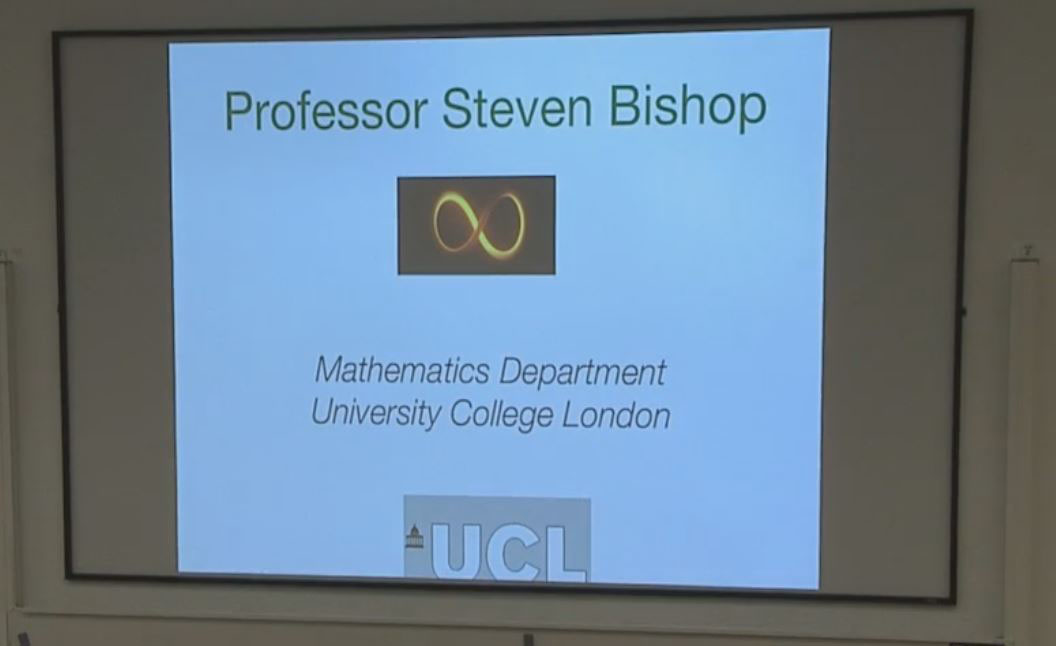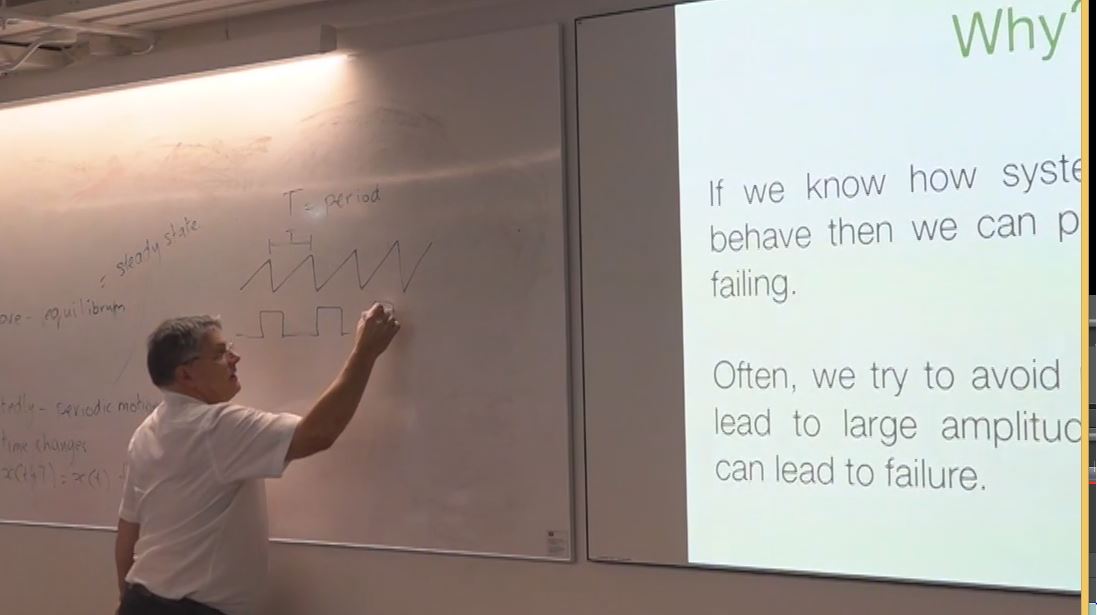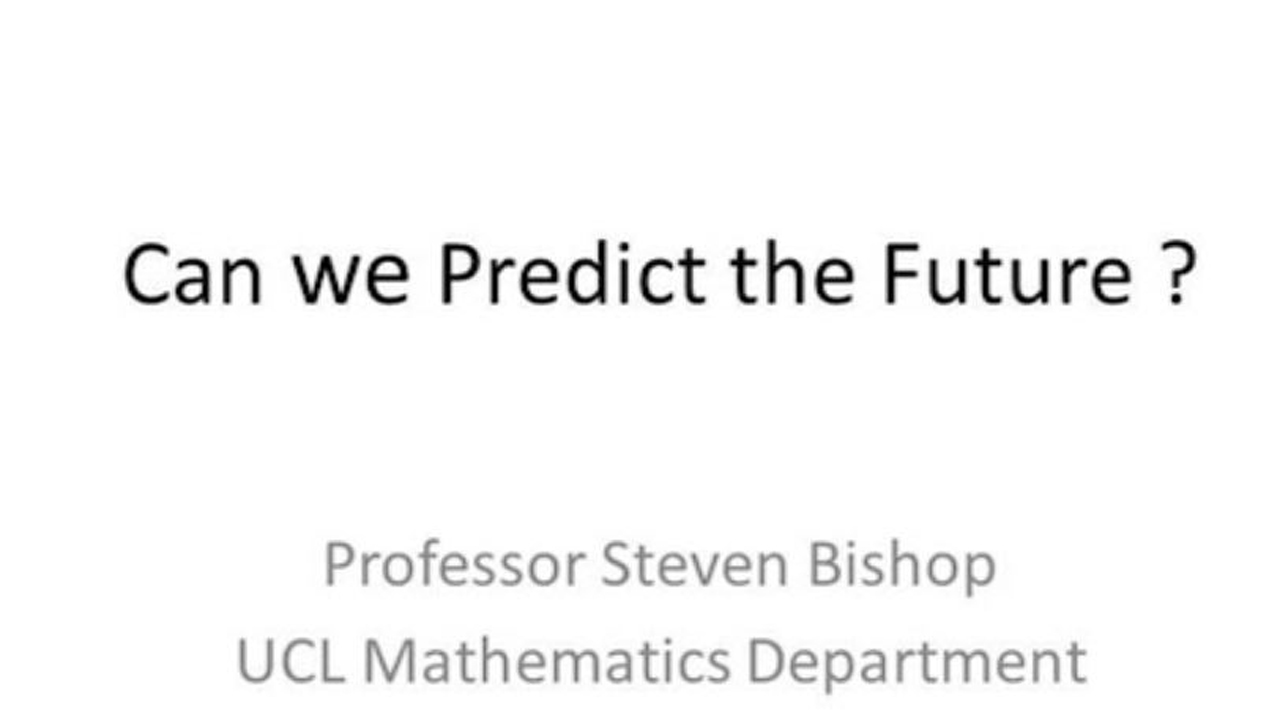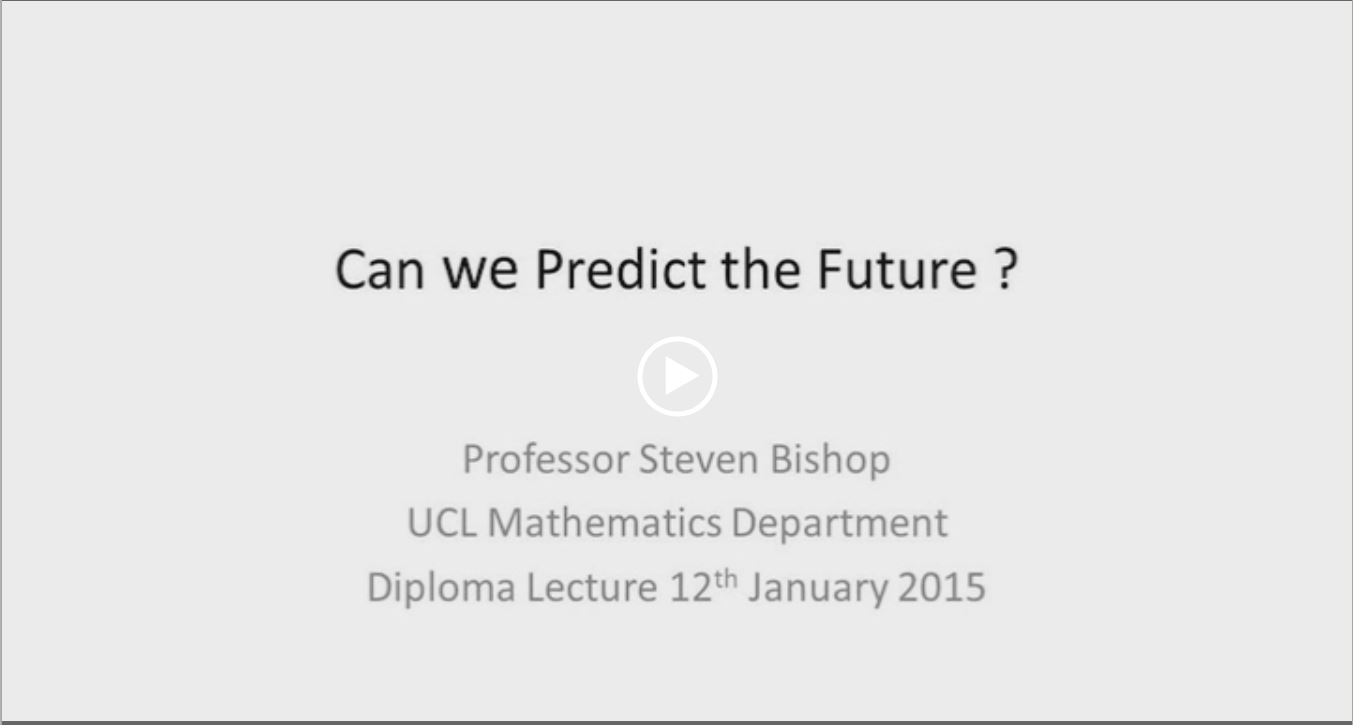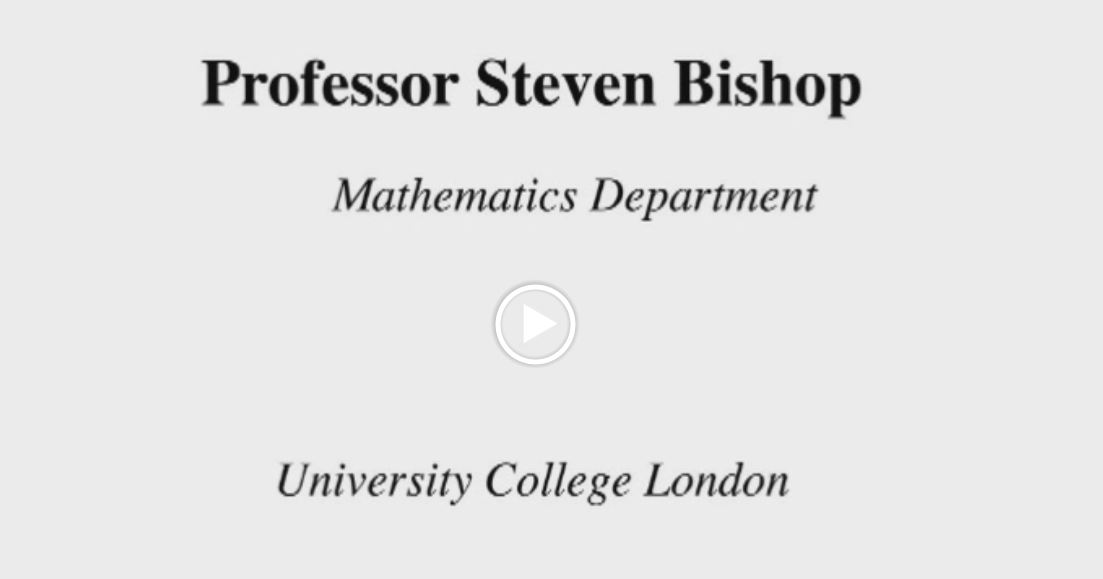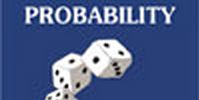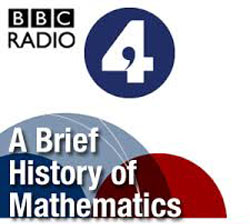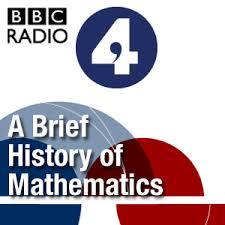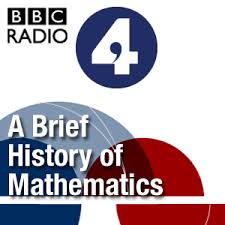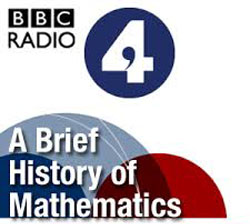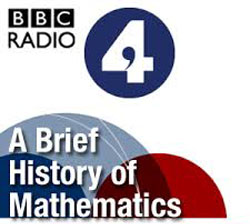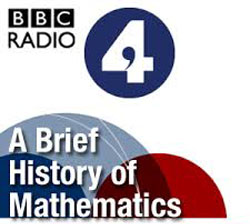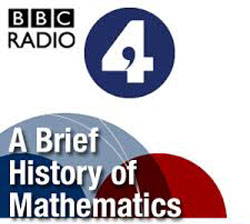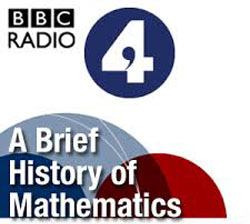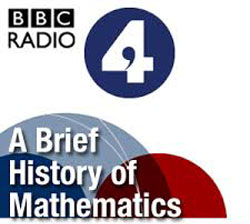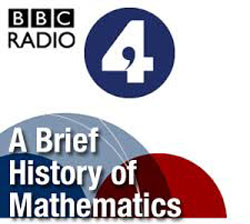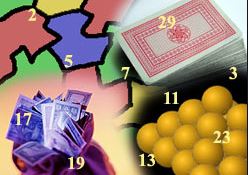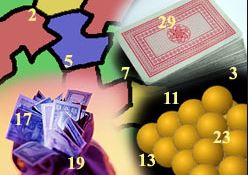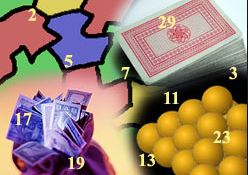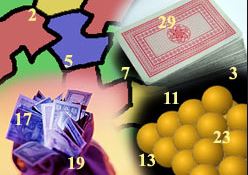Select one or more of these popular tags:
-
Thinking Writing: Work in Subjects
-
Links to guides to writing in 12 subjects (but Engineering and STEM links were broken at last check).
Links to guides to writing in 12 subjects (but Engineering and STEM links were broken at last check).
David Baddiel, father of two, sets out to answer one of the greatest questions a parent can ask: how best to educate your child. Taking in the latest scientific research, David uncovers some unconventional approaches: from the parent hot-hosing his child to record-breaking feats of maths, to a school that pays hard cash for good grades.
- British-Sign-Language
- British-Sign-Language
- Humanities
- No subtitles
- 58
David Baddiel, father of two, sets out to answer one of the greatest questions a parent can ask: how best to educate your child. Taking in the latest scientific research, David uncovers some unconventional approaches: from the parent hot-hosing his child to record-breaking feats of maths, to a school that pays hard cash for good grades.
-
A Brilliant Young Mind
-
Morgan Matthews , 2014
A socially awkward teenage maths prodigy finds new confidence and new friendships when he lands a spot on the British squad at the International Mathematics Olympiad.
- Films
- English subtitles
- 111
A socially awkward teenage maths prodigy finds new confidence and new friendships when he lands a spot on the British squad at the International Mathematics Olympiad.
-
Applied Mathematics: Can We Predict the Future?
-
Professor Steven Bishop , 2018
Pre-sessional Lecture 31.07.2018
- Lectures
- No subtitles
- 56
Pre-sessional Lecture 31.07.2018
-
Applied Mathematics: Predicting the Future
-
Prof Stephen Bishop , 2019
Science and Society Lecture 22nd October 2019
- Lectures
- No subtitles
- 44
Science and Society Lecture 22nd October 2019
-
Can We Predict the Future?
-
Professor Stephen Bishop , 2016
SSL Lecture 25th October 2016
- Lectures
- No subtitles
- 51
SSL Lecture 25th October 2016
-
Can we Predict the Future?
-
Professor Steven Bishop , 2015
Diploma Lecture 12th January 2015
- Lectures
- No subtitles
- 60
Diploma Lecture 12th January 2015
-
Can we Predict the Future?
-
Prof. Steven Bishop
Diploma 2010/11
Diploma 2010/11
-
Probability
-
Prof Keith M Ball , 2008
GPC/Presess Lecture 2008
GPC/Presess Lecture 2008
-
A Brief History of Mathematics - 01 Newton and Leibniz
-
Marcus du Sautoy
This ten part history of mathematics reveals the personalities behind the calculations: the passions and rivalries of mathematicians struggling to get their ideas heard. Marcus du Sautoy shows how these masters of abstraction find a role in the real world and proves that mathematics is the driving force behind modern science.
This ten part history of mathematics reveals the personalities behind the calculations: the passions and rivalries of mathematicians struggling to get their ideas heard. Marcus du Sautoy shows how these masters of abstraction find a role in the real world and proves that mathematics is the driving force behind modern science.
-
A Brief History of Mathematics - 02 Leonard Euler
-
Marcus du Sautoy
Today, how the mathematics that Leonard Euler invented two hundred years ago has transformed the internet. Euler's solution to an eighteeneth century conundrum paved the way for the search engines most of us use every day
Today, how the mathematics that Leonard Euler invented two hundred years ago has transformed the internet. Euler's solution to an eighteeneth century conundrum paved the way for the search engines most of us use every day
-
A Brief History of Mathematics - 03 Joseph Fourier
-
Marcus du Sautoy
Today, the mathematics of Joseph Fourier. It's thanks to his mathematical insight that you can hear Marcus on the radio and that Brian Eno can create sounds that have never been heard before.
Today, the mathematics of Joseph Fourier. It's thanks to his mathematical insight that you can hear Marcus on the radio and that Brian Eno can create sounds that have never been heard before.
-
A Brief History of Mathematics - 04 Evariste Galois
-
Marcus du Sautoy
Today how the mathematics of the French revolutionary, Evariste Galois, has proved invaluable to particle physicists working today.The mathematics that Galois began, over two hundred years ago, now absolutely describes the fundamental particles that make up our universe.
Today how the mathematics of the French revolutionary, Evariste Galois, has proved invaluable to particle physicists working today.The mathematics that Galois began, over two hundred years ago, now absolutely describes the fundamental particles that make up our universe.
-
A Brief History of Mathematics - 05 Carl Friedrich Gauss
-
Marcus du Sautoy
The 19th century mathematical celebrity. Professor Marcus du Sautoy describes how a study of asteroids led Gauss to describe the normal distribution.
The 19th century mathematical celebrity. Professor Marcus du Sautoy describes how a study of asteroids led Gauss to describe the normal distribution.
Today, the pioneering nineteenth century mathematicians who helped Albert Einstien with his maths: Jonas Bolyai, Nicolas Loachevski and Bernhard Riemann. Without the mathematics to describe curved space and multiple dimensions, the theory of relativity doesn't really work.
Today, the pioneering nineteenth century mathematicians who helped Albert Einstien with his maths: Jonas Bolyai, Nicolas Loachevski and Bernhard Riemann. Without the mathematics to describe curved space and multiple dimensions, the theory of relativity doesn't really work.
-
A Brief History of Mathematics - 07 Georg Cantor
-
Marcus du Sautoy
Today, Georg Cantor, the mathematician who showed us how to carry on counting when the numbers run out. An insight into the nature of infinity that Roger Penrose believes helps to explain why the human brain will always be cleverer than artificial intelligence.
Today, Georg Cantor, the mathematician who showed us how to carry on counting when the numbers run out. An insight into the nature of infinity that Roger Penrose believes helps to explain why the human brain will always be cleverer than artificial intelligence.
-
A Brief History of Mathematics - 08 Henri Poincare
-
Marcus du Sautoy
Today Henri Poincare, the man who proved there are certain problems that mathematics will never be able to answer: a mathematical insight that gave rise to chaos theory.
Today Henri Poincare, the man who proved there are certain problems that mathematics will never be able to answer: a mathematical insight that gave rise to chaos theory.
-
A Brief History of Mathematics - 09 Hardy and Ramanujan
-
Marcus du Sautoy
Today, G.H.Hardy, the mathematician who insisted he had never done anything useful. And yet his work on the "diabolical malice" inherent in prime numbers inspired the millions of codes that now help to keep the internet safe.
Today, G.H.Hardy, the mathematician who insisted he had never done anything useful. And yet his work on the "diabolical malice" inherent in prime numbers inspired the millions of codes that now help to keep the internet safe.
-
A Brief History of Mathematics - 10 Nicolas Bourbaki
-
Marcus du Sautoy
Today, the mathematician that never was, Nicolas Bourbaki. A group of French mathematicians, working between the two world wars and writing under the pseudonym Nicolas Bourbaki transformed their discipline and paved the way for several mathematical breakthroughs in the 21st century.
Today, the mathematician that never was, Nicolas Bourbaki. A group of French mathematicians, working between the two world wars and writing under the pseudonym Nicolas Bourbaki transformed their discipline and paved the way for several mathematical breakthroughs in the 21st century.
-
Another Five Numbers 1
-
Simon Singh
Simon Singh's journey begins with the number 4, which for over a century has fuelled one of the most elusive problems in mathematics: is it true that any map can be coloured with just 4 colours so that no two neighbouring countries have the same colour? This question has tested some of the most imaginative minds - including Lewis Carroll's - and the eventual solution has aided the design of some of the world's most complex air and road networks.
Simon Singh's journey begins with the number 4, which for over a century has fuelled one of the most elusive problems in mathematics: is it true that any map can be coloured with just 4 colours so that no two neighbouring countries have the same colour? This question has tested some of the most imaginative minds - including Lewis Carroll's - and the eventual solution has aided the design of some of the world's most complex air and road networks.
-
Another Five Numbers 2
-
Simon Singh
Programme 2: The Number Seven Games of chance don't necessarily afford an equal chance of winning to all players. Certain gamblers savvy enough to do the maths have been exploiting the weaknesses of some games to their advantage for years. Lazy shuffling which doesn't completely randomise a deck of cards, for example, offers anyone with a head for probability theory the edge to trump their fellow gamblers. So how do you overcome this and create a level playing field?
Programme 2: The Number Seven Games of chance don't necessarily afford an equal chance of winning to all players. Certain gamblers savvy enough to do the maths have been exploiting the weaknesses of some games to their advantage for years. Lazy shuffling which doesn't completely randomise a deck of cards, for example, offers anyone with a head for probability theory the edge to trump their fellow gamblers. So how do you overcome this and create a level playing field?
-
Another Five Numbers 3
-
Simon Singh
Programme 3: Prime Numbers Think of a number. Any number. Chances are you haven't plumped for 213,466,917 -1. To get this, you would need to keep multiplying 2 by itself 13,466,917 times, and then subtract 1 from the result. When written down it's 4,053,900 digits long and fills 2 telephone directories. So, as you can imagine, it's not the kind of number you're likely to stumble over often. Unless you're Bill Gates checking your bank statement at the end of the month.
Programme 3: Prime Numbers Think of a number. Any number. Chances are you haven't plumped for 213,466,917 -1. To get this, you would need to keep multiplying 2 by itself 13,466,917 times, and then subtract 1 from the result. When written down it's 4,053,900 digits long and fills 2 telephone directories. So, as you can imagine, it's not the kind of number you're likely to stumble over often. Unless you're Bill Gates checking your bank statement at the end of the month.
-
Another Five Numbers 4
-
Simon Singh
Programme 4: Kepler's Conjecture Sir Walter Raleigh was a poet, adventurer and all-round Elizabethan scallywag. In between searching for El Dorado and harrying the Spanish fleet, he is credited with introducing the humble potato to England. He was also the first Brit to seriously go over their Duty Free tobacco allowance on his return from the Americas. One of his more obscure contributions to posterity however, lies in mathematics. Raleigh wanted to know if there was a quick way of estimating the number of cannonballs in a pile.
Programme 4: Kepler's Conjecture Sir Walter Raleigh was a poet, adventurer and all-round Elizabethan scallywag. In between searching for El Dorado and harrying the Spanish fleet, he is credited with introducing the humble potato to England. He was also the first Brit to seriously go over their Duty Free tobacco allowance on his return from the Americas. One of his more obscure contributions to posterity however, lies in mathematics. Raleigh wanted to know if there was a quick way of estimating the number of cannonballs in a pile.
-
Another Five Numbers 5
-
Simon Singh
Programme 5: Game Theory Not long ago auctions seemed to be the preserve of either the mega-rich, bidding for Van Goghs at some plush auction house, or the shady car-dealer, paying cash-no-questions-asked for vehicles of dubious provenance. However, the advent of the Internet and David Dickinson has changed this. Auction web-sites allow the average punter to buy and sell pretty much anything, whilst an army of Bargain Hunt devotees can now happily tell their Delft from their Dresden.
Programme 5: Game Theory Not long ago auctions seemed to be the preserve of either the mega-rich, bidding for Van Goghs at some plush auction house, or the shady car-dealer, paying cash-no-questions-asked for vehicles of dubious provenance. However, the advent of the Internet and David Dickinson has changed this. Auction web-sites allow the average punter to buy and sell pretty much anything, whilst an army of Bargain Hunt devotees can now happily tell their Delft from their Dresden.
-
Further Five Numbers 1
-
Simon Singh
Programme 1: 1 – the most popular number! Literally, the most popular number, as it appears more often than any other number. More specifically, the first digit of all numbers is a 1 about 30% of the time, whereas it is 9 just 4% of time. This was accidentally discovered by the engineer Frank Benford. It works for all numbers – mountain heights, river lengths, populations, etc.
Programme 1: 1 – the most popular number! Literally, the most popular number, as it appears more often than any other number. More specifically, the first digit of all numbers is a 1 about 30% of the time, whereas it is 9 just 4% of time. This was accidentally discovered by the engineer Frank Benford. It works for all numbers – mountain heights, river lengths, populations, etc.
-
Further Five Numbers 2
-
Simon Singh
Programme 2: 2 - At the double. We all remember the story of the Persian who invented chess and who asked to be paid with 1 grain of rice on the first square, 2 on the second, 4 on the third and so on, doubling all the way to the 64th square. He bankrupted the state!
Programme 2: 2 - At the double. We all remember the story of the Persian who invented chess and who asked to be paid with 1 grain of rice on the first square, 2 on the second, 4 on the third and so on, doubling all the way to the 64th square. He bankrupted the state!
-
Further Five Numbers 3
-
Simon Singh
Programme 3: 6 degrees of separation Six is often treated as 2x3, but has many characteristics of its own. Six is also the "pivot" of its divisors (1+2+3=6=1x2x3) and also the centre of the first five even numbers: 2, 4, 6, 8, 10. Six seems to have a pivoting action both mathematically and socially. How is it that everyone in the world can be linked through just six social ties? As Simon discovers, the concept of “six degrees of separation” emerged from a huge postal experiment conducted by the social psychologist Stanley Milgram in 1967. Milgram asked volunteers to send a package by mail to one of a hundred people chosen at random. But they could only send mail to people they knew on first name terms.
Programme 3: 6 degrees of separation Six is often treated as 2x3, but has many characteristics of its own. Six is also the "pivot" of its divisors (1+2+3=6=1x2x3) and also the centre of the first five even numbers: 2, 4, 6, 8, 10. Six seems to have a pivoting action both mathematically and socially. How is it that everyone in the world can be linked through just six social ties? As Simon discovers, the concept of “six degrees of separation” emerged from a huge postal experiment conducted by the social psychologist Stanley Milgram in 1967. Milgram asked volunteers to send a package by mail to one of a hundred people chosen at random. But they could only send mail to people they knew on first name terms.
-
Further Five Numbers 4
-
Simon Singh
Programme 4: 6.67 x 10^-11 – the number that defines the universe. Newton’s equation of gravity included a number G, which indicates the strength of gravitation. It took 100 years before the shy Englishman Henry Cavendish (he left notes for his maids because he was too shy to talk to women) measured G to be 6.67 x 10^-11 Nm²/Kg². It allowed him to weigh the Earth itself.
Programme 4: 6.67 x 10^-11 – the number that defines the universe. Newton’s equation of gravity included a number G, which indicates the strength of gravitation. It took 100 years before the shy Englishman Henry Cavendish (he left notes for his maids because he was too shy to talk to women) measured G to be 6.67 x 10^-11 Nm²/Kg². It allowed him to weigh the Earth itself.
-
Further Five Numbers 5
-
Simon Singh
Programme 5: 1729 – the first taxicab number Curious properties sometimes lurk within seemingly undistinguished numbers. 1729 sparked one of maths most famous anecdotes: a young Indian, Srinivasa Ramanujan, lay dying of TB in a London hospital. G.H. Hardy, the leading mathematician in England, visited him there. "I came over in cab number 1729," Hardy told Ramanujan. "That seems a rather dull number to me."
Programme 5: 1729 – the first taxicab number Curious properties sometimes lurk within seemingly undistinguished numbers. 1729 sparked one of maths most famous anecdotes: a young Indian, Srinivasa Ramanujan, lay dying of TB in a London hospital. G.H. Hardy, the leading mathematician in England, visited him there. "I came over in cab number 1729," Hardy told Ramanujan. "That seems a rather dull number to me."
-
In Our Time - Gödel's Incompleteness Theorems
-
Melvyn Bragg
In 1900, in Paris, the International Congress of Mathematicians gathered in a mood of hope and fear. The edifice of maths was grand and ornate but its foundations, called axioms, were shaking with inconsistency and lurking paradox. And so, at that conference, a young man called David Hilbert set out a plan to rebuild them – to make them consistent, all encompassing and without any hint of a paradox.
In 1900, in Paris, the International Congress of Mathematicians gathered in a mood of hope and fear. The edifice of maths was grand and ornate but its foundations, called axioms, were shaking with inconsistency and lurking paradox. And so, at that conference, a young man called David Hilbert set out a plan to rebuild them – to make them consistent, all encompassing and without any hint of a paradox.



